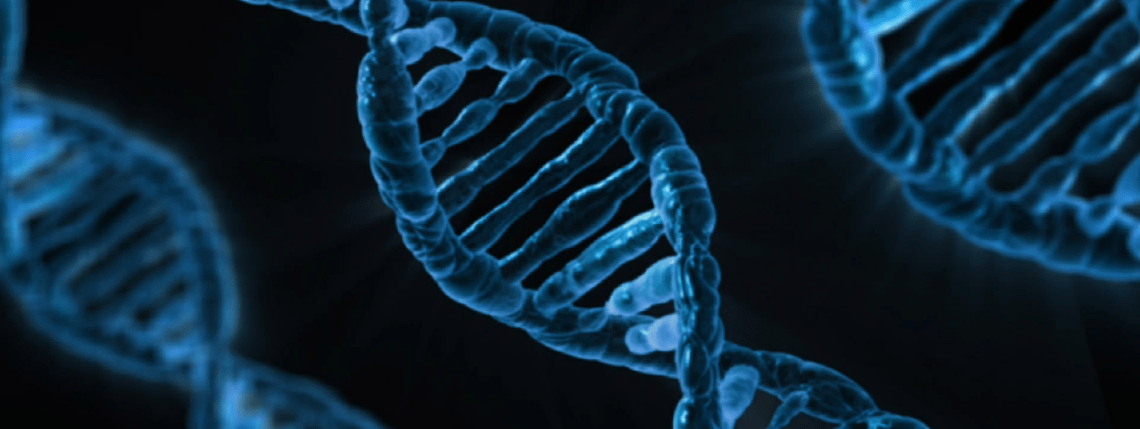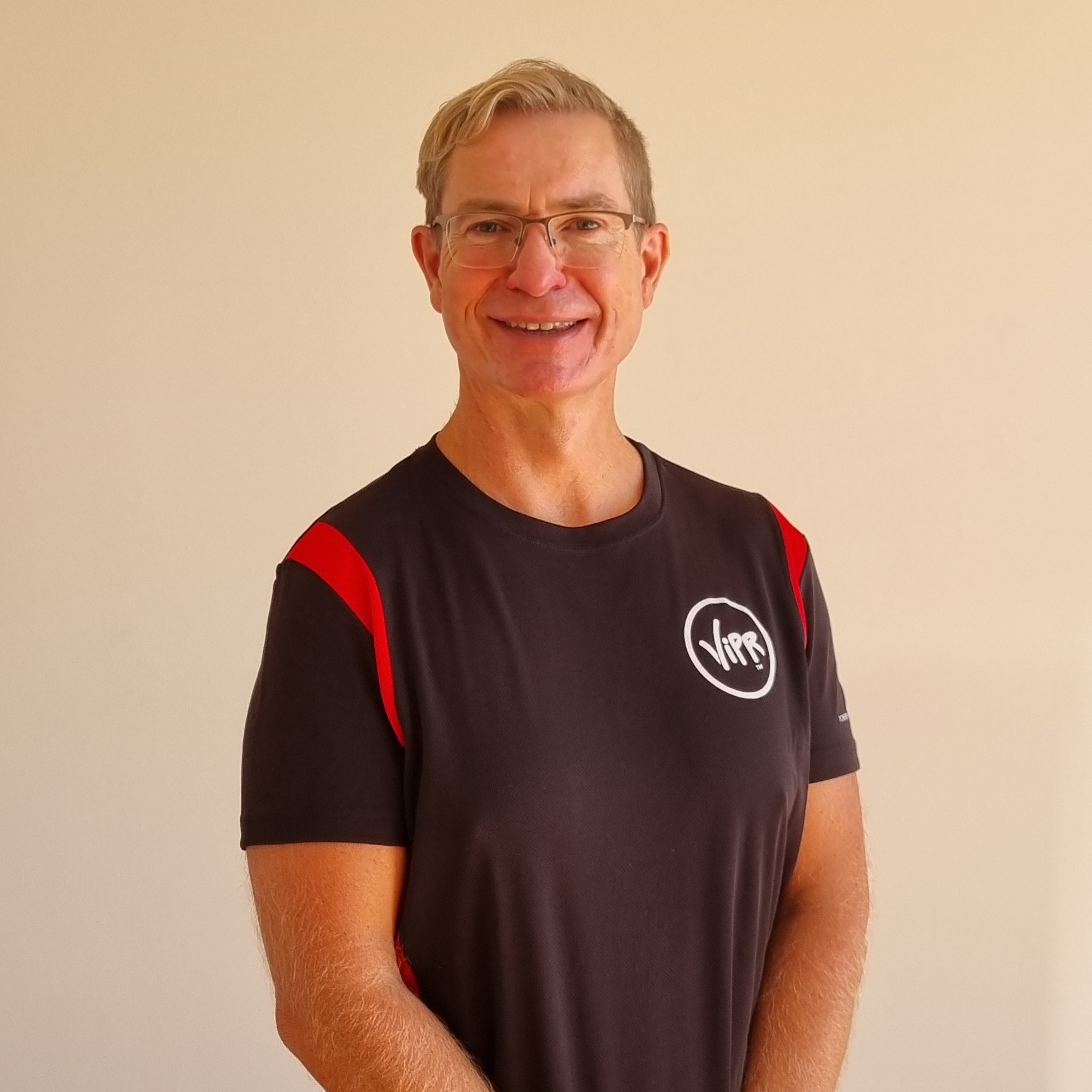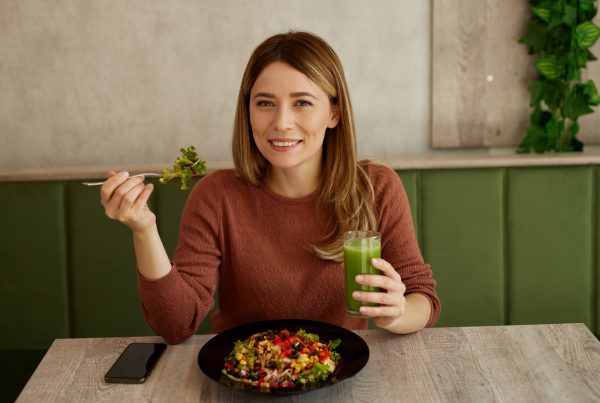No matter how much we know, we can always learn more. Most of the top professionals in our industry have spent a lifetime gathering knowledge and experience to create better outcomes for clients. We are now on the cusp of a new age in the industry, where our coaching skills become potentially more important than our knowledge.
I realise this may seem upsetting for many, myself included! Continuously expanding our knowledge is fulfilling, exciting and serves as a great confidence booster. It goes without saying that a wealth of knowledge is extremely helpful when educating our clients, as well. We can never know it all though. If we are to continue leaping forward, we will need to “stand on the shoulders of giants”, to quote Sir Isaac Newton. In other words, we must coach utilising the information created by science and philosophies from across the spectrum, spanning many years, and provided to us by immense online platforms. I’m talking about gene-based training.
If you do a quick search online, you’ll find numerous companies that can provide DNA testing kits, creating useful profiles to help people with their diet and exercise programming. They test for the presence of certain genes around power or endurance, for example, and can guide individuals to specific training regimes to boost their results. Often these are combined with nutritional information based on tolerances for carbohydrates or the ability to process animal proteins.
Can you imagine that client with the endurance genes flogging themselves with high intensity interval training (HIIT) and wondering why it seemed so difficult to acquire results? Or what about the client with high power genes out on those long steady runs? With the platform I use, information is gained on predispositions within six categories: Mind, Relationships, Food, Fitness, Environments and Talents. It doesn’t simply tell me whether people are naturally suited to heavy lifting, endurance training or dance and yoga. The combined categories effectively assist me in the important arena of coaching.
Coaching the future
The point I want to make here is not that we are obsolete simply because we don’t know what these platforms are able to distinguish. They arrive at conclusions about our clients using decades of information across a wide range of categories. The message I do want you to hear is that our future may depend on our ability to coach effectively. How we coach each client is what will set us apart. These platforms don’t mark the end for great exercise coaches. They create an additional opportunity and resource. We simply coach using the information provided.
I know you might be questioning why our potential clients wouldn’t just cut us out of the process and exercise, eat and live according to their individual profiles. If the information was so readily accessible, wouldn’t that eliminate their need for us? Not at all. You see, most people simply don’t live to their profiles, even when they know it’s right for them. They know what the good and bad choices are, yet they continue to make unhealthy decisions in their daily lives. Valuable information needs to be interpreted and integrated into their lives, so that it becomes a realistic way of living each day. So, here we are as coaches, ready to help our clients bring that incredibly useful information into their worlds. We succeed in this by fitting it into their working days and their family lives, while making adaptations according to their preferences.
Coaching the genes
I would like to share a few examples with you from my own client base. Let me first clarify that I am a coach in the PH360 programme. The P stands for personal and the H for health. It’s a vastly complicated algorithm, which uses 16 bone/body measurements and a lengthy questionnaire on health history, ancestry, lifestyle, environments, physical traits and more, producing a unique profile in the six categories I mentioned above. Therefore, it uses more than just DNA (genotype) by creating a phenotypical profile, which includes a person’s current state of being. The PH360 programme also utilises the familiar language of somatotypes when speaking about profiles. For example, it can determine how dominant each of the mesoderm, endoderm and ectoderm were during embryotic development, and what that means now once all the other information is factored in.
In relation to the examples illustrated below, please note that Client A is incredibly mesoderm dominant, while Client B is endoderm dominant and Client C is ectoderm dominant. You’ll find some basic and very useful information about each:
- Client A – The client is not tall and can be well-muscled and lean. The client is suited to explosive HIIT training and able to train in the early morning or mid-afternoon. He is competitive, can adapt quickly, and works well in 40-minute bursts, followed by rest. Variety is key and the client needs a lot of protein when exercising. He can also be prone to burnout due to the innate drive to move, move, move.
- Client B – The client is not tall, has high body mass and thick bones, and is very suited to heavy strength work and low-intensity endurance. Her driving hormone is prolactin, meaning the client needs to nurture, is loyal, and trains best in the afternoon. She does very well on a predominantly vegetable-based diet and is very intolerant of carbohydrates. Also, relationships are fundamental.
- Client C – The client is tall but has low body mass and fine bone structure. He can be stiff through the spine and is suited to ‘flow’ style movement, such as yoga, dance or capoeira. Client C is often sensitive to exercise, food, light and cold temperatures. He is easily overwhelmed by large and intense groups of people and likes rules and structure, which help him to feel safe. This client is also an analytical data gatherer.
Can you see how different these clients are? There are obviously hundreds of pieces of additional information at my disposal. The point, though, is that the way I train each one is very different. The advice I give them for their everyday actions and health choices outside of our sessions is very different, as well. Ultimately, I don’t coach any two clients the same way.
The jigsaw puzzle of coaching – making sure you have the pieces to create the picture
Client A needs to experience their world through movement. Getting them actively moving from the first minute is highly important. Client A also doesn’t want me to labour over the details. He wants to do, rather than think. Client B, on the other hand, would prefer to chat and ‘bond’ for a few minutes before we begin training. She needs to feel that I care and will readily accept whatever information I provide if it’s communicated in a way that shows I am fully looking after her needs. Client C prefers to work alone and be given specific instruction every step of the way. He wants all the details and an indicator of where to go for more, if needed.
I could continue with a variety of additional examples. For now, however, let’s end with the awareness that we are living in a time when knowledge is useful and freely available to all. What sets you and I apart, though, is our understanding of the acquired information, along with our ability to interpret it into our clients’ lives and then coach to each of their personalities, work situations and life circumstances. Innovative and effective coaching is sure to become a major component in fitness education of the future. So, it’s time to let go of the generic exercise coaching of the past and embrace the advanced, genetic-based coaching of the present that will dramatically change the futures of the clients we serve.
Where to next? Why not find out why romance and exercise could be the perfect match








